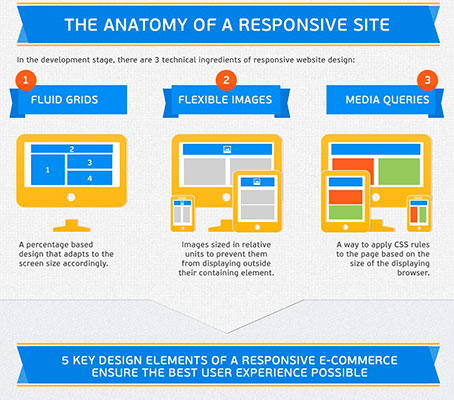Using The Toughness Of Visual Power Structure In Site Creation
Using The Toughness Of Visual Power Structure In Site Creation
Blog Article
Writer-Shah Leth
Picture an internet site where every element completes for your interest, leaving you feeling overwhelmed and unsure of where to focus.
Now image a website where each element is thoroughly set up, directing your eyes easily with the page, supplying a smooth user experience.
The distinction lies in the power of aesthetic power structure in web site style. By purposefully organizing and prioritizing elements on a page, developers can create a clear and instinctive path for users to adhere to, inevitably improving involvement and driving conversions.
However how specifically can you harness this power? Join see here now as we check out the principles and techniques behind reliable visual hierarchy, and find just how you can raise your web site design to new heights.
Understanding Visual Hierarchy in Website Design
To successfully share information and guide users via a web site, it's vital to understand the idea of aesthetic hierarchy in website design.
pop over to this website pecking order refers to the setup and company of elements on a webpage to emphasize their importance and produce a clear and intuitive individual experience. By developing a clear aesthetic power structure, you can route users' interest to one of the most important information or actions on the page, enhancing functionality and interaction.
This can be achieved via different style techniques, including the tactical use of dimension, color, comparison, and placement of aspects. For instance, larger and bolder aspects usually bring in more focus, while contrasting colors can develop visual contrast and draw emphasis.
Concepts for Effective Visual Pecking Order
Understanding the concepts for effective visual pecking order is essential in producing an easy to use and engaging website style. By complying with these principles, you can make sure that your site effectively connects information to users and guides their focus to the most crucial components.
One concept is to use dimension and range to establish a clear aesthetic power structure. By making important elements bigger and much more prominent, you can accentuate them and overview individuals via the content.
An additional concept is to use comparison successfully. By using contrasting shades, font styles, and shapes, you can produce visual differentiation and highlight vital info.
Additionally, the principle of closeness suggests that associated aspects need to be organized together to visually link them and make the web site more arranged and simple to browse.
Implementing Visual Hierarchy in Web Site Design
To implement visual power structure in web site design, focus on essential aspects by changing their dimension, shade, and setting on the web page.
By making key elements bigger and a lot more famous, they'll naturally attract the user's attention.
Use contrasting colors to create visual comparison and stress important information. As an example, you can use a bold or dynamic shade for headlines or call-to-action buttons.
Furthermore, think about the position of each element on the page. Area essential elements on top or in the center, as users tend to focus on these areas first.
Verdict
So, there you have it. Aesthetic power structure is like the conductor of a harmony, leading your eyes through the website layout with finesse and panache.
It's the secret sauce that makes an internet site pop and sizzle. Without it, your design is just a jumbled mess of random components.
However with aesthetic hierarchy, you can develop a work of art that gets hold of focus, communicates efficiently, and leaves a long lasting impact.
So leave, my friend, and harness the power of visual hierarchy in your website style. Your target market will certainly thank you.
